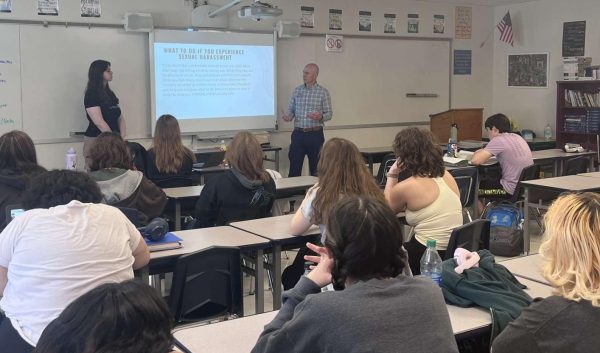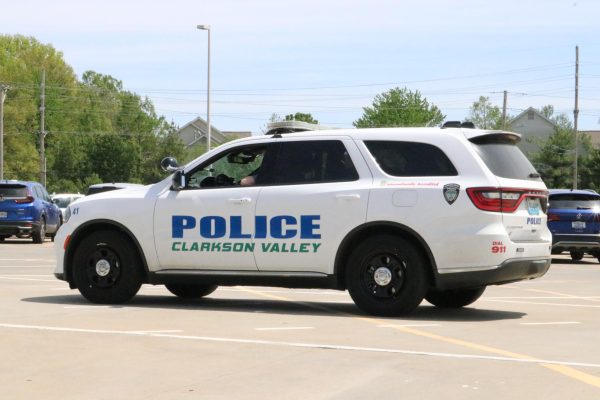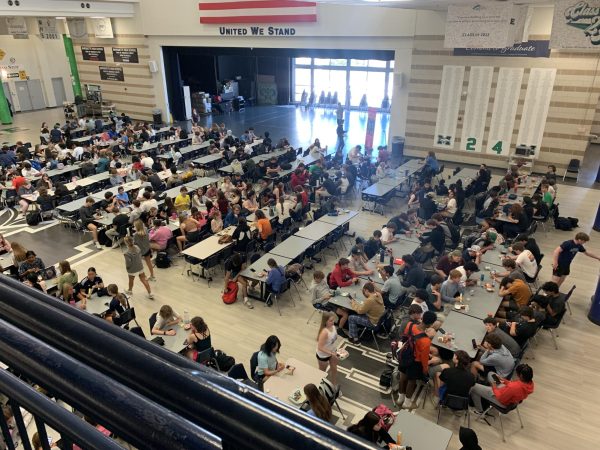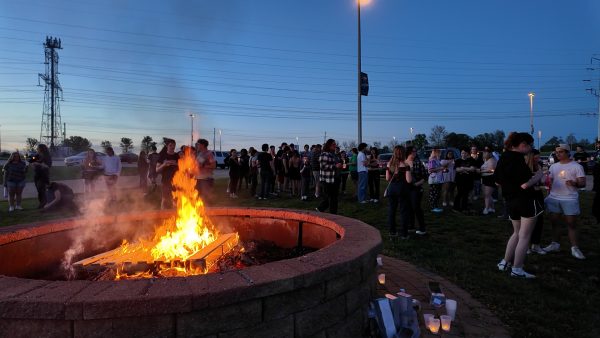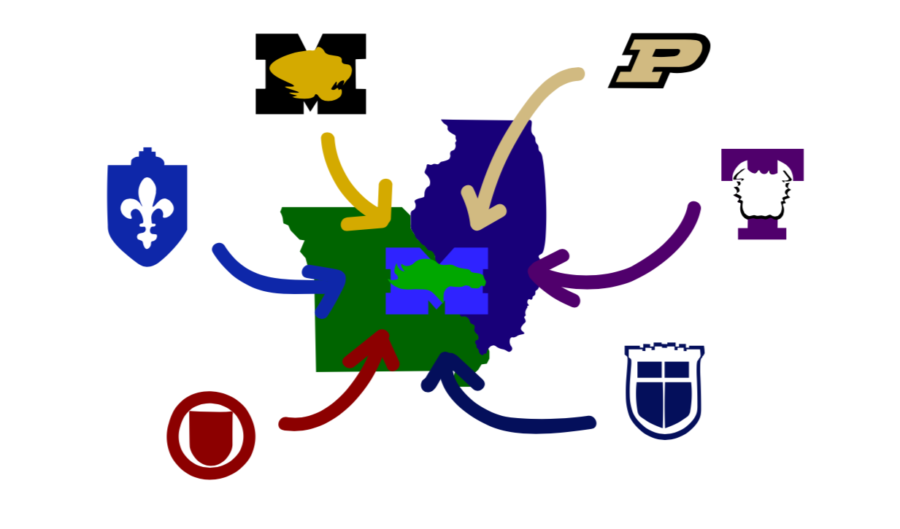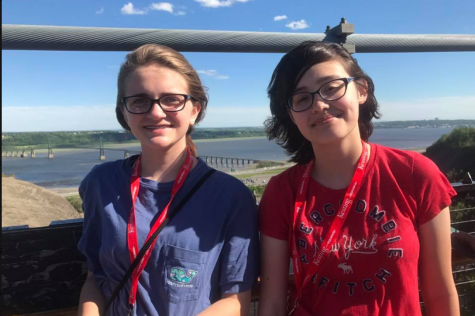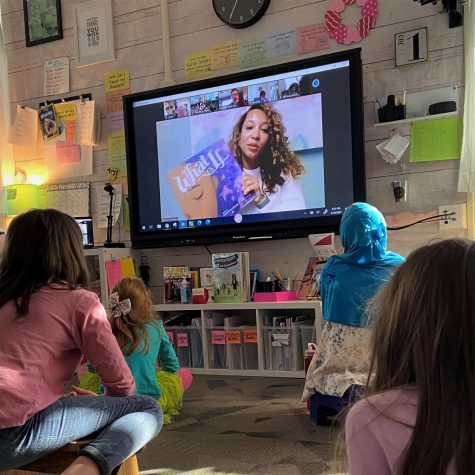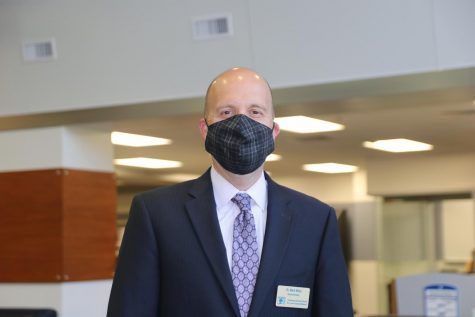Colleges Visit During Flex Time
Media by Jilian Bunderson
Various universities are traveling to visit MHS this year.
This fall, juniors and seniors may find it easier to learn about college offerings through visiting colleges.
About 60 universities are scheduled to send representatives to present during Flex blocks, fourth hour, seventh hour and first and second lunch.
Daniel Goninan, college specialist, is responsible for the newly imposed time slots, introducing more possibilities for college-bound students.
“When it comes to some of those [colleges] that are further away like University of Florida, it becomes a barrier for students to go and visit that school if they don’t have the means to travel there,” Goninan said. “With these schools coming here, it presents them an opportunity to basically do a visit with these colleges anyway.”
He admits there was higher attendance by colleges last year, but stands by his decision to limit spots due to Flex Time.
“I tried to have as many colleges as I could come during Flex Time because that would allow students to not be pulled out of class to meet with them,” Goninan said.
A majority of the sessions have been successful even with few students present, he said, and he plans to continue this format next year.
He said he envisions changes to the process to include multiple visits during a flex block to accommodate more schools and increase college representation.
Interested schools signed up for Flex Time blocks through a program Goninan uses called Scoir.
The program allows college counselors to efficiently send transcripts and create a space for students to sign up for college visits. Scoir is partnered with YouScience, which includes free career and aptitude tests.
Alex Radovilsky, junior, attended the Washington University and the University of Chicago visits this month. He said the information was similar in each visit, but he said the “in-person” experience and school specific information was useful.
“It’s valuable to see how the admissions officers in the school interact with you to see if you want to go there,” Radovilsky said. “I think they are great to have during Flex because you don’t have to miss school time to make room for it. Plus, you have so much time during Flex that I think it’s a great time to go visit a college.”
He acknowledges the general scope of the presentation could have been found online, but the visit probably serves to be more efficient.
Radovilsky is excited for his journey after high school, and he said the visits thoroughly addressed concerns about financial issues and how to approach self-representation on applications, which he said will be beneficial for the future.
He said this is a step in the right direction to help students and hopes to see this opportunity extend into the future.
Zach Evans, deputy director of admissions for the University of Chicago, uses this program to reach out and visit MHS and other high schools that have produced competitive applicants in the past.
“The idea is to inform students on our universities, selective admissions, financial aid policies, and answer the questions they have so they can make an informed college decision,” Evans said.
Beyond the purpose of recruitment, representatives also provide other information: freshman class statistics, merit, undergraduate and degree-specific programs, student organizations, internships and study-abroad opportunities and more.
Evans said the depth of information in a visit depends on student engagement and time allotted for a session.
“My goal in a presentation is not to spend the whole time in presentation-mode but to do a lot of Q&A,” Evans said. “A session like this is so valuable because I can cover topics and maybe say at least one or two things that a person listening might not have thought about before. That might drive them to do further research into a topic.”
Evans said these in-school sessions are beneficial for students to interact with as many of the colleges they’re considering as possible.
“I love that students have the opportunity to learn from dozens of different schools before making their final decision,” Evans said. “I just want students to keep an open mind about every part of the college process.”
To attend, physical lists and online sign-up information is held in the Guidance Office; they include all currently available visits, which are subject to change.
For Scoir online registration, an email was recently sent to all students by their college counselor. One must receive a pass from a guidance secretary at least one day prior to the visit.
Also, teacher permission is required to visit during class periods. Students should meet in the Guidance Office to sign in and visits will be hosted for about 30 minutes in the Counseling Center or the Library depending on the number of attendees.
Your donation will support the student journalists of Marquette High School. Your contribution will allow us to purchase equipment and cover our annual website hosting costs. You may become a PATRON by making a donation at one of these levels: White/$30, Green/$50, Blue/$100. Patron names will be published in the print newsmagazine, on the website and once per quarter on our social media accounts.
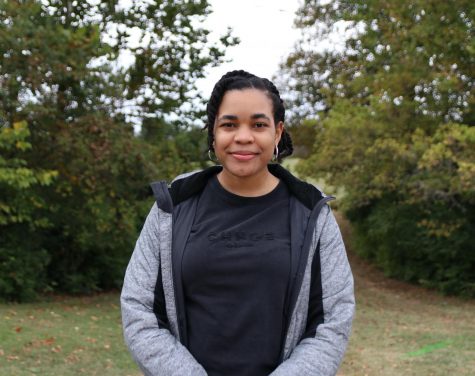
Lauren Pickett, senior, is the In-Depth Editor for the MHS Messenger. This is her second full year on staff. Also, Lauren participates in two other activities:...
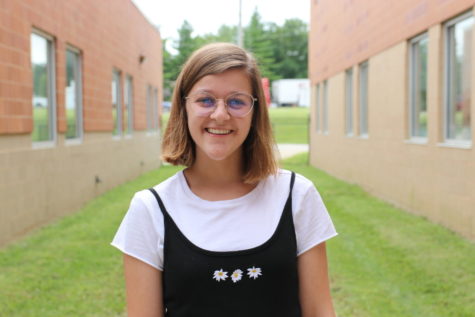
Jilian Bunderson, senior, is the Illustrator for the Messenger. She is also the co-president of Renaissance, a member of NHS, and has been involved in...
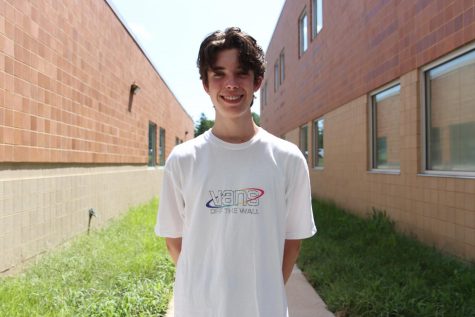
Mason Kellerman (he/him), senior, is the Illustrator and Web Designer for the Marquette Messenger. This will be his third year on staff. Mason is president...



